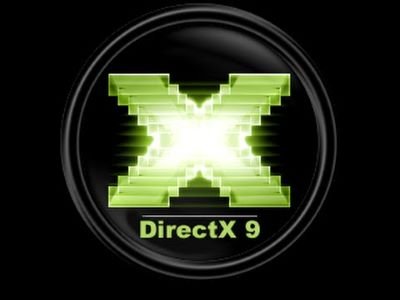In today’s post, we will provide a description of why video playback may fail when DirectX 9 overlays are required in Windows – and then offer the workaround to resolve the issue. DirectX is a set of components in Windows that allows software, primarily and especially games, to work directly with your video and audio hardware. Games that use DirectX can use multimedia accelerator features built-in to your hardware more efficiently which improves your overall multimedia experience.

Early versions of Microsoft Windows (XP and earlier) had multiple versions of DirectX that had to be installed separately. Later versions of Windows included DirectX with some having the ability to upgrade. Below are the latest versions of DirectX for the different versions of Windows.
- Windows 11/10 = DirectX 12.
- Windows Vista, 7, and 8 = Up to DirectX 11 (Vista released with DirectX 10).
- Other Windows version = Up to DirectX 9.0c depending on Windows version.
Video playback may fail when DirectX 9 overlays are required
According to Microsoft, you may encounter this issue based on the following reason;
Some older video applications may depend on DirectX 9 overlays to work correctly. In Windows 8.1, there are rare scenarios in which the DirectX 9 overlay hardware is not available. In these situations, video playback doesn’t work.
In Windows 10, those scenarios are still rare, but they may occur more frequently than in Windows 8.1. This is especially true when your display options are set to a lower resolution than the native screen resolution.
To work around this issue, reset the display resolution to the native screen resolution.
However, if your display options are already set to the native screen resolution and this issue continues to occur, exit all open applications and then restart your video application. You could also run the DirectX Diagnostic Tool and see if that helps you.
I hope this post is informative enough!
Leave a Reply